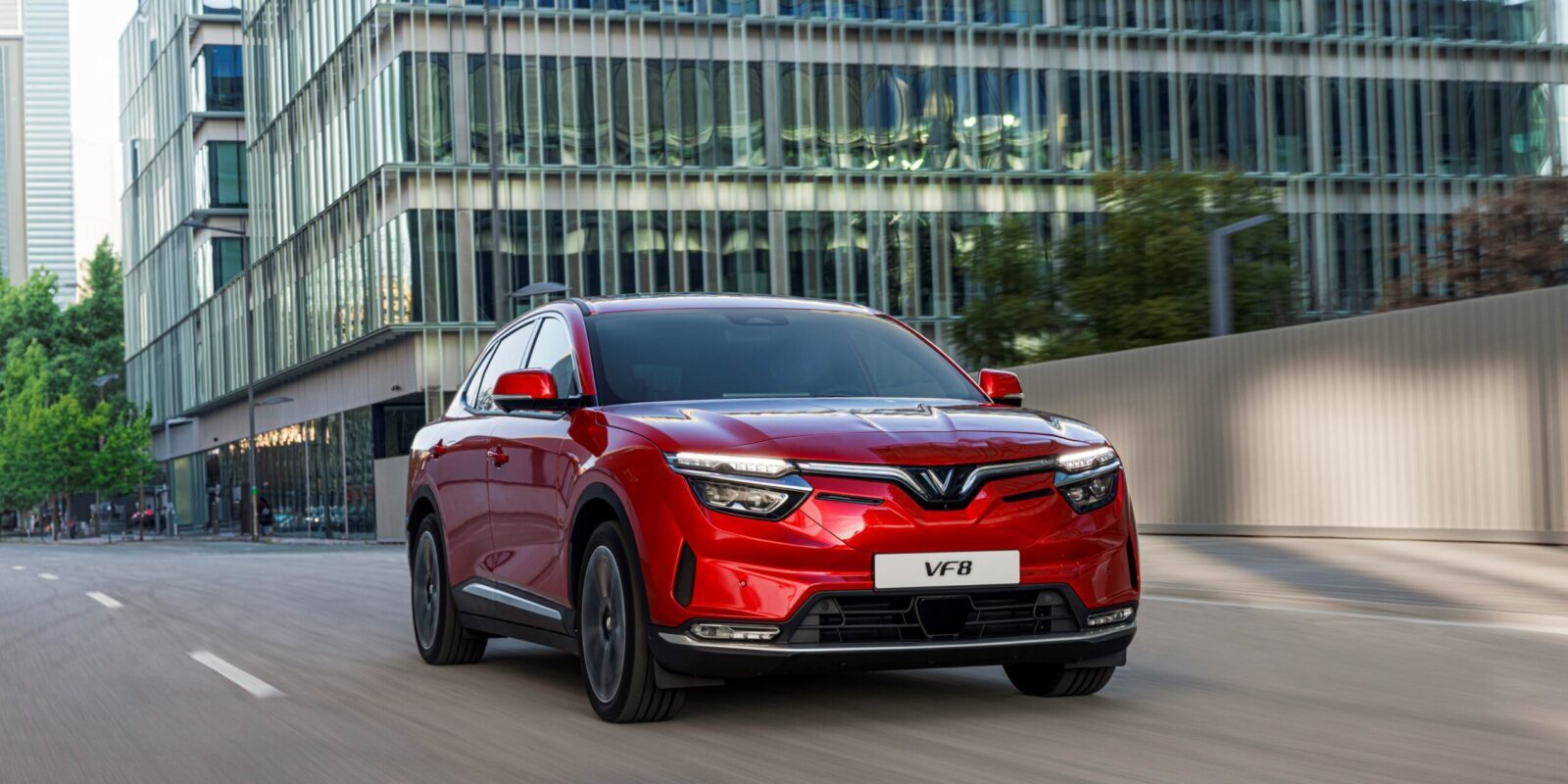Sign up for daily news updates from CleanTechnica on email. Or follow us on Google News!
Charging at home is absolutely the most convenient option. You plug in at the end of your day, and, by morning, you’re ready to go. But what if your home is an apartment? Only a small number of apartment dwellers have access to a non-home residential charger.
Apartment dwelling EV owners are an important segment of the EV driving population. What confluence of factors will smooth their transition to battery electric vehicle (BEV) transportation in smart and equitable ways? Much research into apartment dwellers and EV charging can help to inform us. Let’s look through some of it and see what we conclude afterward. One thing is already clear: Drivers without home charging, including apartment dwellers or others without off-street parking, need to have access to convenient charging infrastructure that they can count on.Is
Most EV owners charge at home: The share of a city’s housing stock that is comprised of apartment buildings serves as a proxy for access to home charging. With other factors equal, denser cities with more apartment dwellers will have a lower EV-per-charger ratio. Those in single family homes are much more likely to have convenient access to home charging, so those in apartment buildings need more public charging as an alternative. A 2019 study conducted by the International Council on Clean Transportation (ICCT) revealed that EV drivers in attached houses mostly have access to home charging (66%–83%), while fewer than half (18%–48%) of those in apartments use home charging.
More investments needed: A report from the International Council on Clean Transportation (ITCC) says that charging infrastructure investments will be needed to support an expanding EV market. The charging infrastructure network will need to provide greater coverage for a broader set of drivers by 2030. About a million chargers will be needed at multi-unit dwellings to support apartment residents, and charging will need to grow at greater rates in many rural areas and across the US Midwest and South. The report authors dig down and summarize that lower income communities will need persistent investments, amounting to about 30% of chargers and charging investments through 2030, to ensure equitable infrastructure access. By 2030, it is projected that only 18% of battery electric vehicle drivers in apartments have access to Level 2 home charging (up from 13% in 2019).
Plug-in hybrids would charge more at home: The ICCT study base scenario shows that 37% of apartment dwellers with low range plug-in hybrid EVs (PHEVs) derive almost all of their energy from gasoline due to a lack of access to charging or lack of motivation to hunt down a charger off-site. Higher home electricity prices, lower electric driving range, lower electric motor power to vehicle weight ratios, lower potential cost savings from charging, and living in an apartment or condo, among other factors are related to not plugging in a PHEV, according to sources at Environmental Research.
Rebates for installing chargers: Residents from low-income communities and residents of multi-family housing (apartments, condos, etc.) face barriers to accessing charging, including lack of charging at home, lack of access to smartphones, lack of charging network subscriptions, lack of public charging stations in their communities which have been characterized as “charging deserts,” or simply a lack of space for charger installation. The MIT Policy Review suggests that rebates for installation costs (such as electrical work and panel upgrades) would increase affordability of chargers, even for apartment dwellers.
Commercial charging incurs higher costs: EV users, in particular those apartment dwellers in lower income groups, may rely exclusively on commercial charging and, thus, face much higher charging costs. This effectively exacerbates the inequalities of EV ownership and may similarly slow the electric mobility transition in such places where access to charging at or near home is not possible.
Daytime charging opportunities away from the apartment: The more aggressively batteries are topped up during daytime, the less dependence on overnight charging there is. For example, in 2019 major utilities in California launched programs to partner with businesses and charging network companies to install Level 2 chargers near multi-unit apartment buildings and at the workplace. Partnership programs like this can alleviate apartment dwellers EV charging concerns.
Managed charging while at work: By installing EV chargers at workplace parking structures, employers can provide charging opportunities for long distance commuters and BEV owners without access to home chargers, such as apartment dwellers. In fact, residential and office charging sites offer the greatest potential for load reduction, with the lowest impact on customers. A prototype Octopus Charger-based Mixed Integer Linear Programming protocol allows octopus chargers (i.e., charging stations with multiple cables) to independently schedule charging periods for their assigned vehicles, which can manage a parking structure demand load while reducing the number of installed charging stations.
Innovations may help apartment dwellers to charge: Inductive charging technology, developed by a former NASA consultant at Pennsylvania-based Momentum Dynamics, aims to solve perhaps the biggest disconnect in EVs: how to bring convenient charging to the urban masses–including apartment dwellers and drivers of taxis, buses, and delivery trucks–without clogging every inch of prime real estate with bulky, unsightly chargers. Rather than fill batteries to the brim, the idea is to replenish them in shorter bursts whenever the opportunity arises.
Fewer non-residential chargers are needed if apartment dwellers can charge at home: The ICCT study data also indicates that providing increased home charging access to apartments and attached homes reduces the need for nonresidential charging in 2025 by about 8% overall, meaning about 16,000 fewer workplace and public chargers would be needed. Indeed, if EV drivers’ access to Level 2 at home is increased, this increased speed reduces the need for public and workplace charging by 5% (i.e., 9,000 fewer charge points). the need for public and workplace charging by 5% (i.e., 9,000 fewer charge points). Further, if EV drivers in apartments and attached houses received increased access to home charging to match that of detached houses, overall public and workplace charging needs are reduced by 8% (i.e., 16,000 fewer charge points).
Apartment buildings with EV charging in every parking spot: Lots of charging availability opens up if building codes were to require new commercial apartment construction to install EV charging with each parking spot. Transportation for America disputes that mandates for apartment parking with EV charging solves the problem. Instead, they say that parking requirements significantly increase the cost of housing, make it difficult to create walkable environments, and incentivize car ownership and driving which increases emissions. They go on to say that convenient, affordable, publicly accessible neighborhood charging is really important for EV owners who can’t charge at home. Instead of the 83% of the $7.5 billion in the Bypartisan Infrastructure Law that has resulted in numerous fast chargers out by the highway, more resources should be delegated for public charging that serves those who can’t charge at home.
Final Thoughts about EV Charging for Apartment Dwellers
What do you think the solution is to infuse more EV charging opportunities for apartment dwellers? Write your ideas in the comments section — we want to hear your ideas.
Have a tip for CleanTechnica? Want to advertise? Want to suggest a guest for our CleanTech Talk podcast? Contact us here.
EV Obsession Daily!
I don’t like paywalls. You don’t like paywalls. Who likes paywalls? Here at CleanTechnica, we implemented a limited paywall for a while, but it always felt wrong — and it was always tough to decide what we should put behind there. In theory, your most exclusive and best content goes behind a paywall. But then fewer people read it!! So, we’ve decided to completely nix paywalls here at CleanTechnica. But…
Thank you!
Tesla Sales in 2023, 2024, and 2030
CleanTechnica uses affiliate links. See our policy here.



